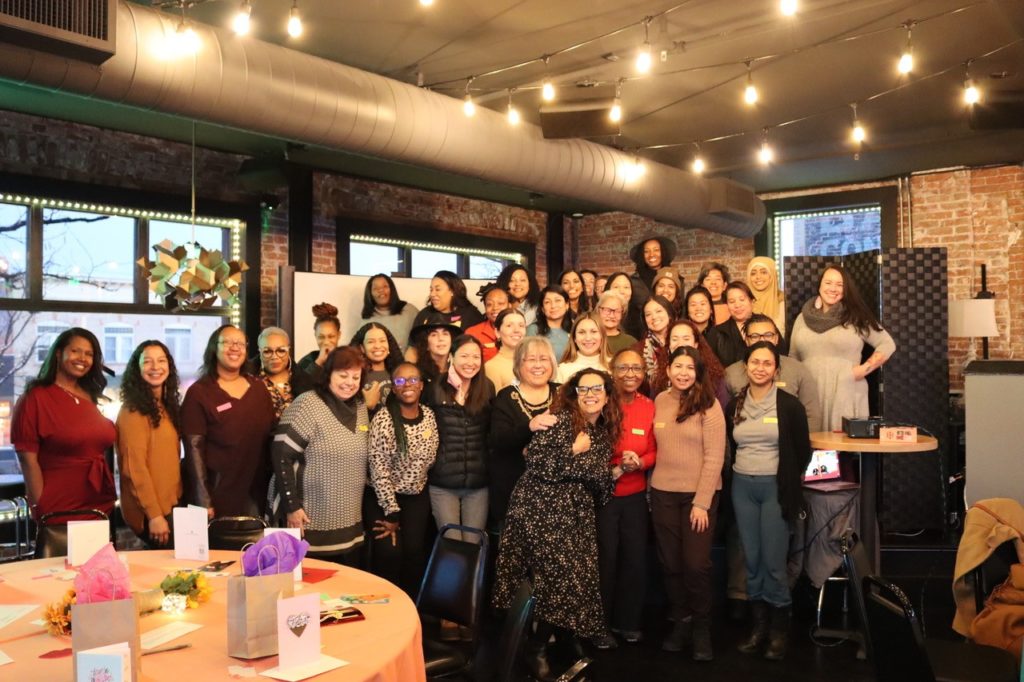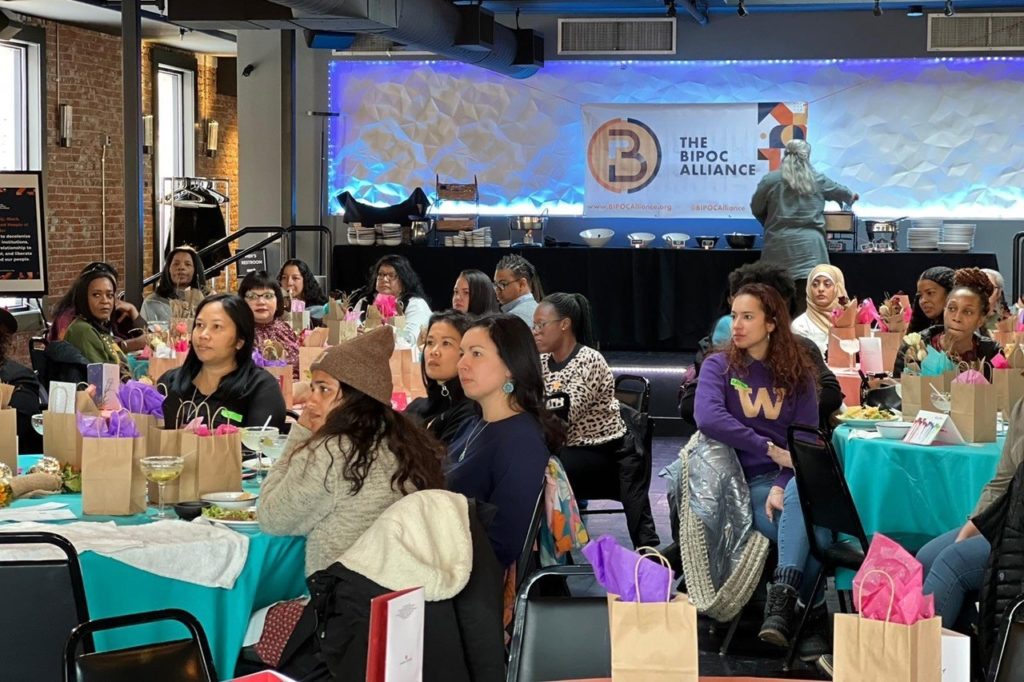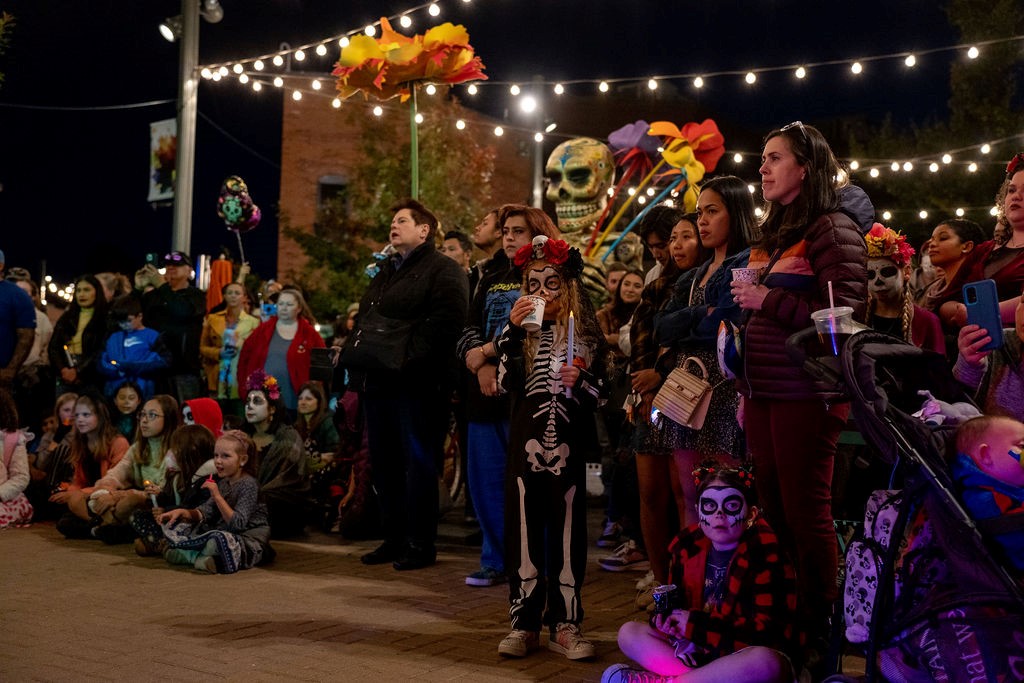
Colorado State University and the BIPOC Alliance of Larimer County are partnering on a project to develop young leaders in the BIPOC (Black, Indigenous, and People of Color) community of Northern Colorado and contribute to positive mental health among children and youth.

The Dandelions Rising Project, funded by a two-year $143,600 grant from the Colorado Health Foundation, will focus on expanding healing and liberation efforts through a curriculum for BIPOC youth across the gender spectrum.
Michelle Foster, associate professor in the Department of Food Science and Human Nutrition and assistant dean for diversity, equity, and inclusion in the College of Health and Human Sciences at CSU, is spearheading this program and was responsible for applying for the grant with full support and ideas from the BIPOC Alliance, which represents the voice and needs communicated from the BIPOC community.
“This initiative aims to create opportunities for BIPOC youth to develop peer networks, celebrate their identities, learn their histories and culture, and creatively heal to improve long-term inequities that are rife within our behavioral health systems using strength-based prevention approaches,” said Foster.
Foster cited some statistics backing up the need for intervention programs such as Dandelions Rising. A National Center for Children in Poverty study demonstrated that only 13% of children from diverse racial and ethnic backgrounds with mental health problems receive mental health services, whereas 31% of their white counterparts received services. Mental Health America showed that this trend carries through adulthood, with only 8.7% of Black adults receiving treatment for mental health compared to 16% of white adults.
“Black adolescents average over five racial discrimination experiences per day,” said Foster, citing various studies. “Latinx youth are discriminated against with issues around language pride, immigration and the pressure to assimilate, and 25% of Native Americans youth also report being treated unfairly or negatively by peers. To promote a sense of belonging and well-being in BIPOC youth, it is important to create mechanisms that buffer the negative impacts of discrimination experiences while encouraging self-esteem.”
In the first year of the program, organizers aim to include around 56 students from Northern Colorado, ranging in age from 12-18.
Distinct curriculum

Dandelions Rising will be composed of three stages with different curriculum and responsibilities for each group.
The first will be the Bud Program, for kids 7-11 years of age, funded by a CSU Office of Engagement and Extension seed grant.
The second stage will be the Flower Program, for those 12-18 years of age. Students in the Flower Program will have an age-appropriate curriculum, and will help teens develop into community leaders.
Lastly is the Seed Program, designed for the parents of children in the program. The parents will be integral in planting the seeds of instruction for the program and will help identify necessary curriculum to focus on.
“Dandelions Rising aims to build young leaders in the BIPOC community of Northern Colorado because most of the current programming focuses on adults,” said Foster. “Hence, there is a need from the guardian BIPOC community to establish programming to empower our youth.”
Currently the BIPOC Alliance of Larimer County engages over 3,000 individuals and provides consistent service and care to around 1,000 individuals who identify as BIPOC.
As an extension of the BIPOC Alliance, the Dandelions Rising program will continue to work as a catalyst toward positive change on an intersectional level.
“This project targets multiple factors around the psychological effects of racism and discrimination, and facilitates self-advocacy of, by and for the BIPOC community toward liberation as a strategic prevention framework,” said Foster. “Together, these objectives join individual and community-level interventions to respond to the racial trauma experienced by BIPOC community members in Larimer County.”





Photos courtesy of BIPOC Alliance
Education as a vehicle for healing
The curriculum development team will consist of CSU affiliates from the Office of Inclusive Excellence, School of Social Work, School of Education and the Department of Ethnic Studies. This includes scholars such as, but not limited to, Caridad Souza, Antonette Aragon, and Assistant Vice President for Inclusive Excellence Bridgette Johnson.
BIPOC-identifying CSU students will be recruited and trained to be the designated program class leaders for the middle and high school students. These are paid opportunities, and potentially graduate students will be able to actively participate as part of their research projects.
As CSU students will be essential for Dandelions Rising, this program will serve as an example for educational adaptation and embodies the CSU land-grant mission as well.
“The implementation of our project goal and objectives will directly align with the CSU land-grant mission as we are collaborating to extend our service and teaching into the Colorado community to benefit all our citizens,” said Foster.
Foster hopes that the Dandelions Rising program will serve as another step toward meeting the college’s goals of supporting equity and inclusion in the community and at CSU.
“BIPOC youth will feel supported, valued and reflected in a system that was created intentionally through coalition and by centering our perspectives,” said Foster. “This creates a framework for BIPOC to continue to be at the center of the movement toward greater equity in health access, greater access to resources to support our community, and healthier outcomes that are defined by our own communities.”